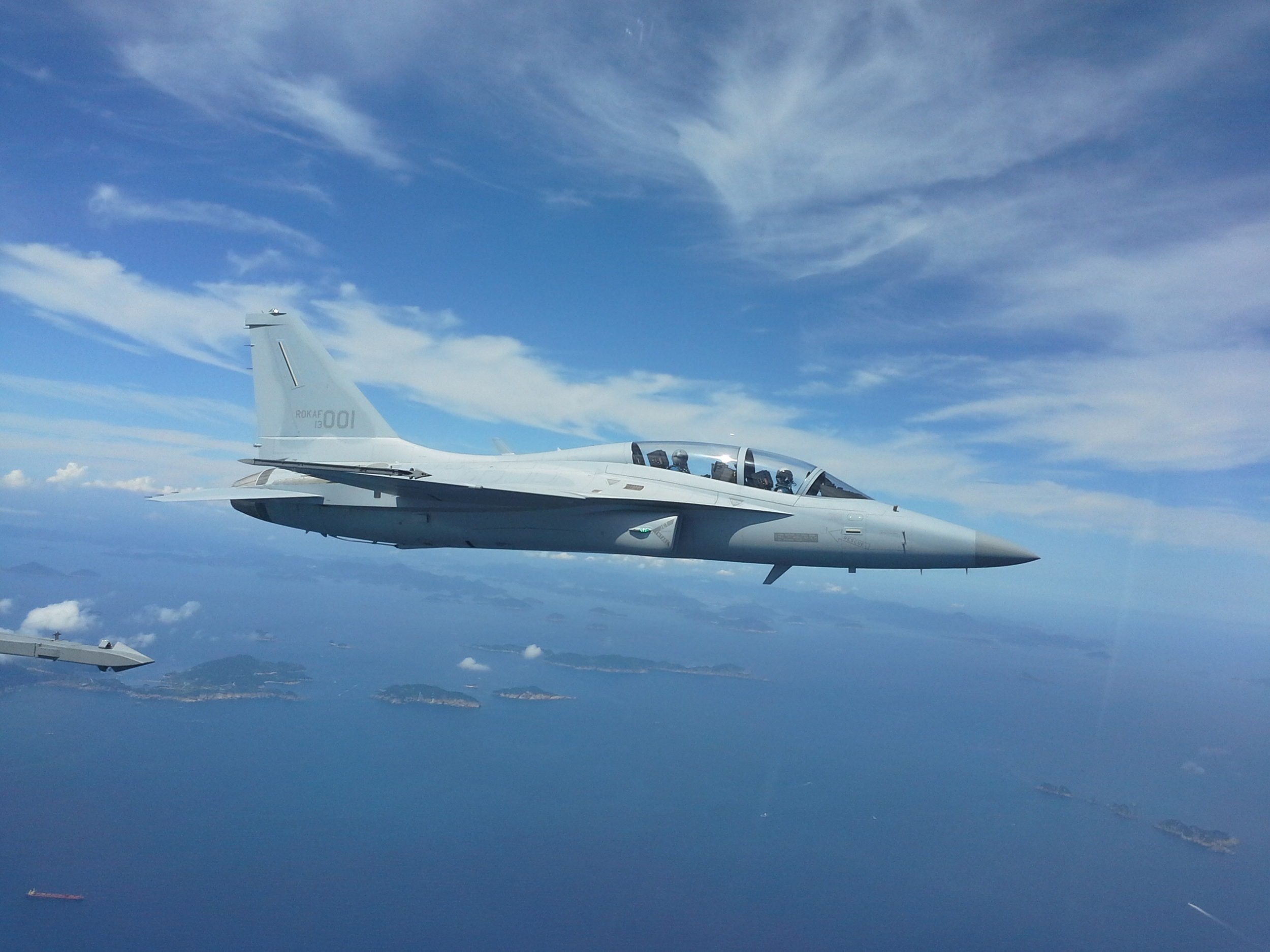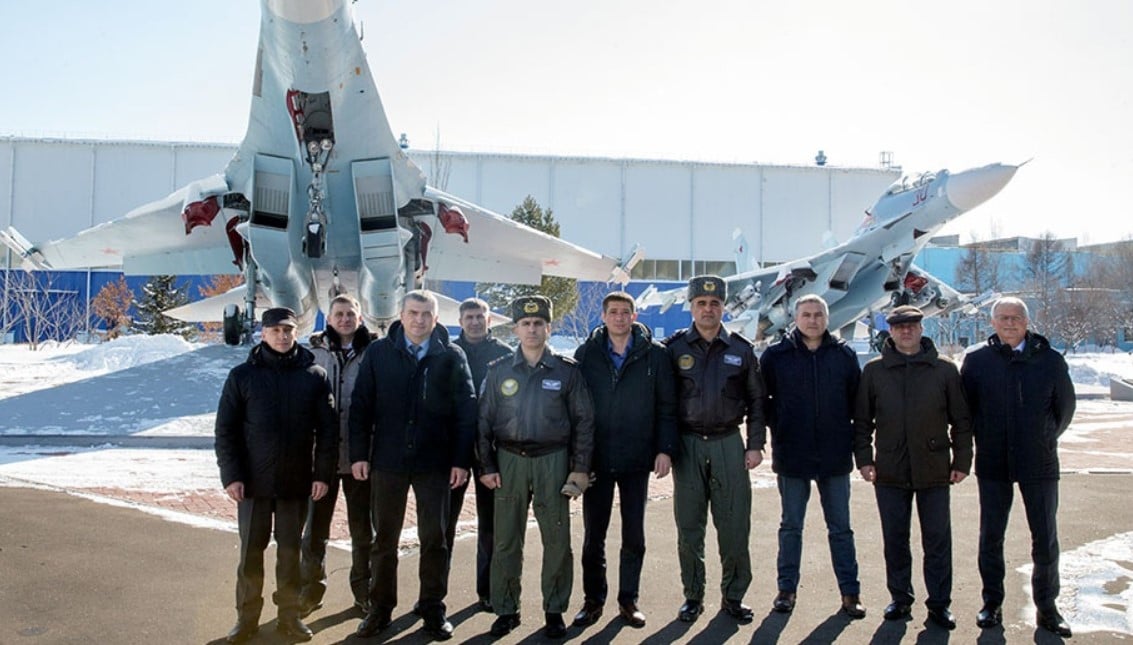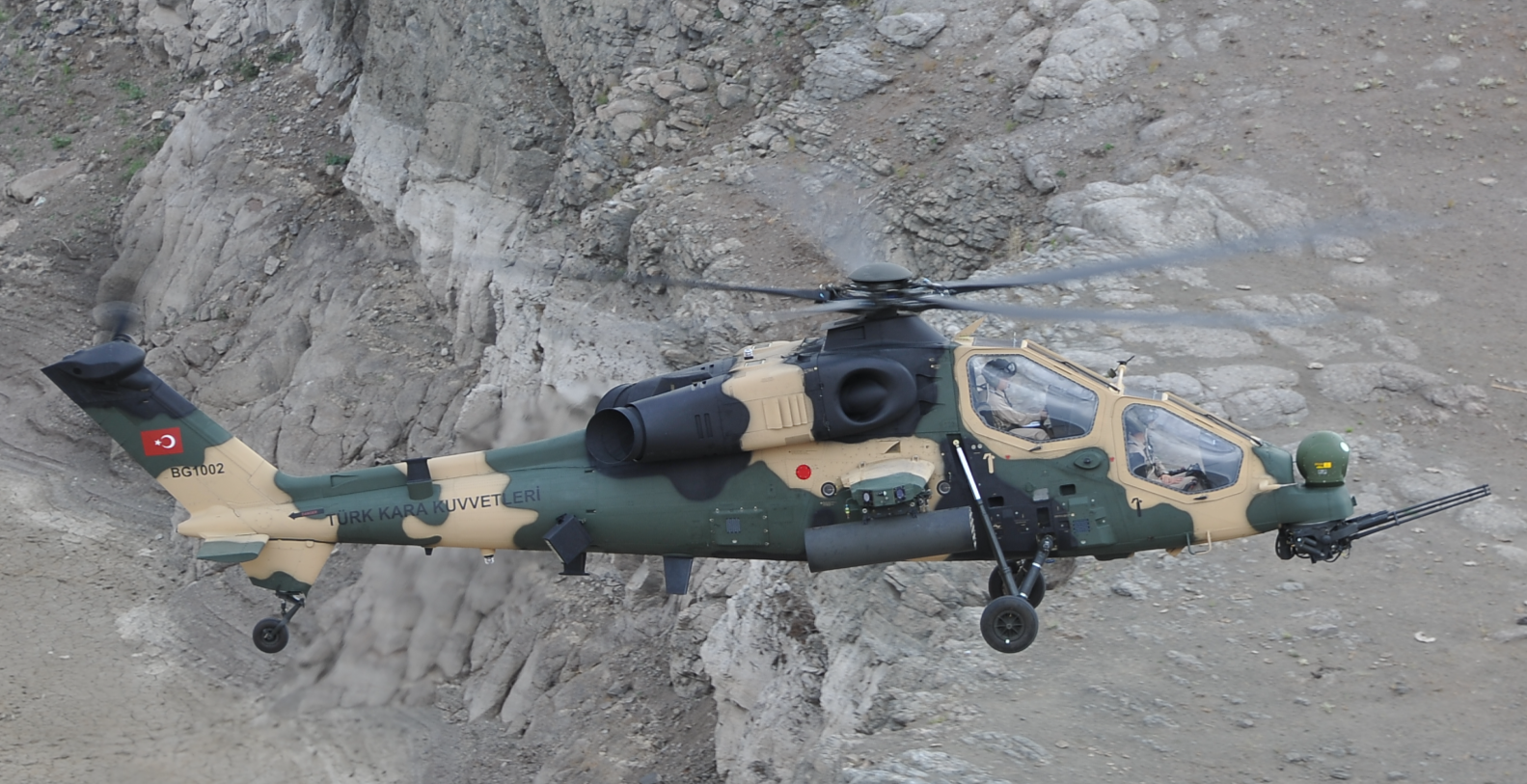2036Views 3Comments

Korea Aerospace Industries pushes FA-50 against Gripen for Botswana combat aircraft bid
South Korea’s Korea Aerospace Industries (KAI) is pushing its FA-50 Golden Eagle to the Botswana Defence Force (BDF) as an alternate to the Saab JAS-39C/D Gripen.
According to the Sunday Standard, KAI has tabled the FA-50’s “affordable acquisition and low operating cost” as marquee advantages over the Gripen. While sharing the same turbofan engine model (GE F404), KAI claims that the Gripen’s life-cycle cost is “three times” that of the FA-50.
KAI is also promising a comprehensive training and support package for the Golden Eagle, one comprising of “instructional systems development” (ISD) for the FA-50 as well as its trainer variant the T-50 and the Pilatus PC-7 turboprop-powered basic trainer.
Botswana had been in talks with Sweden for eight to twelve JAS-39C/D Gripen fighters in June 2016. The prospective deal’s value was pegged at $1.7 billion U.S. The BDF is seeking new fighters to phase-out its legacy Canadair CF-5, a Canadian license-built variant of the Northrop F-5E Tiger II.
KAI is seeing increasing success with the Golden Eagle platform. KAI T-50 trainer customers include Iraq, Indonesia and Thailand, while the Philippines is the launch client of the FA-50 light fighter variant.
Notes & Comments:
While the FA-50’s ferry range and combat radius may not be as much as the JAS-39C/D, the FA-50’s radar, avionics and weapons suite are comparable to the Gripen C/D and other lightweight multi-role fighters, such as the JF-17 and Tejas. The Golden Eagle should imbue the BDF with the same air-to-air and air-to-surface munitions and capabilities as the Gripen. KAI is also pushing the idea of synergy between its near-identical FA-50 lightweight fighter and T-50 advanced trainer – by having the FA-50, the BDF can induct the T-50 with no additional strain to its maintenance and logistics overhead.
On the other hand, Botswana neighbour South Africa also operates the JAS-39C/D. Acquiring the Gripen could enable Botswana to access South Africa’s maintenance, repair and overhaul (MRO) facilities, which may incur cost-savings over seeking those same services from Sweden.



3 Comments
by Steve
Botswana has money on the basis of diamond mines and have maintained a healthy growth rate for the economy for 20 years. It’s a landlocked country with GDP of only about $15 Billion, but because of a very small population of only 2 million have a per capita income of more than $7000 (more than $18,000 on PPP), a lot more (3 times) than Pakistan or India. They could afford JF-17 and even Gripen as they will not be buying many. The Nigerian buy may give us an ‘in’ like someone said. Agree that Block III will boost sales, and we will offer a complete training and maintenance package.
by Matthys Jacobs
I disagree.
Botswana’s diamond revenue has dropped significantly over the last 5 years. Its only recently that the diamond demand has increased.
You need to remember that the growth is on a low based and is not in line with population growth.
Coupled to that is the fact that they have been unable to diversify their economy away from diamonds.
You are correct about the small population however poverty is Botswana is still 20% and hasn’t moved since 2010. The official unemployment rate is improving although its around 19%.
The core issue in Botswana is the lack of infrastructure that could see their economy expand and absorb the unemployed labour.
Because of the smaller population they’re obviously in a better position than say South Africa from an economic perspective but from a long term perspective their over reliance on diamond exports will see their economy contract whenever there is a slowdown in Diamond demand. I also think that Botswana erred regarding the new ICEX listed diamond futures. They had a strong opportunity to have it listed in Botswana on the exchange if they managed their exchange regulations correctly or if they listed it on the African Board on the JSE but opted not to. I think with the listings in India it has the potential to erode their market share from a long term perspective.
They’re still number 2 though, however I tend to believe that if Namibia manages to get over the technological hurdles they will overtake Botswana as the leading diamond producer in Africa because their USD price per carat is estimated at $600 per carat based on quality if alluvial diamonds.
I think that getting second hand Gripens would work out well for Botswana although I am still of the opinion that this deal is ill timed and they should focus on other priorities.
by Steve
Sorry which part of my post are you disagreeing with? If you look at the big picture it’s not a first world country, but is doing better than most African countries. You are saying much the same as I have.